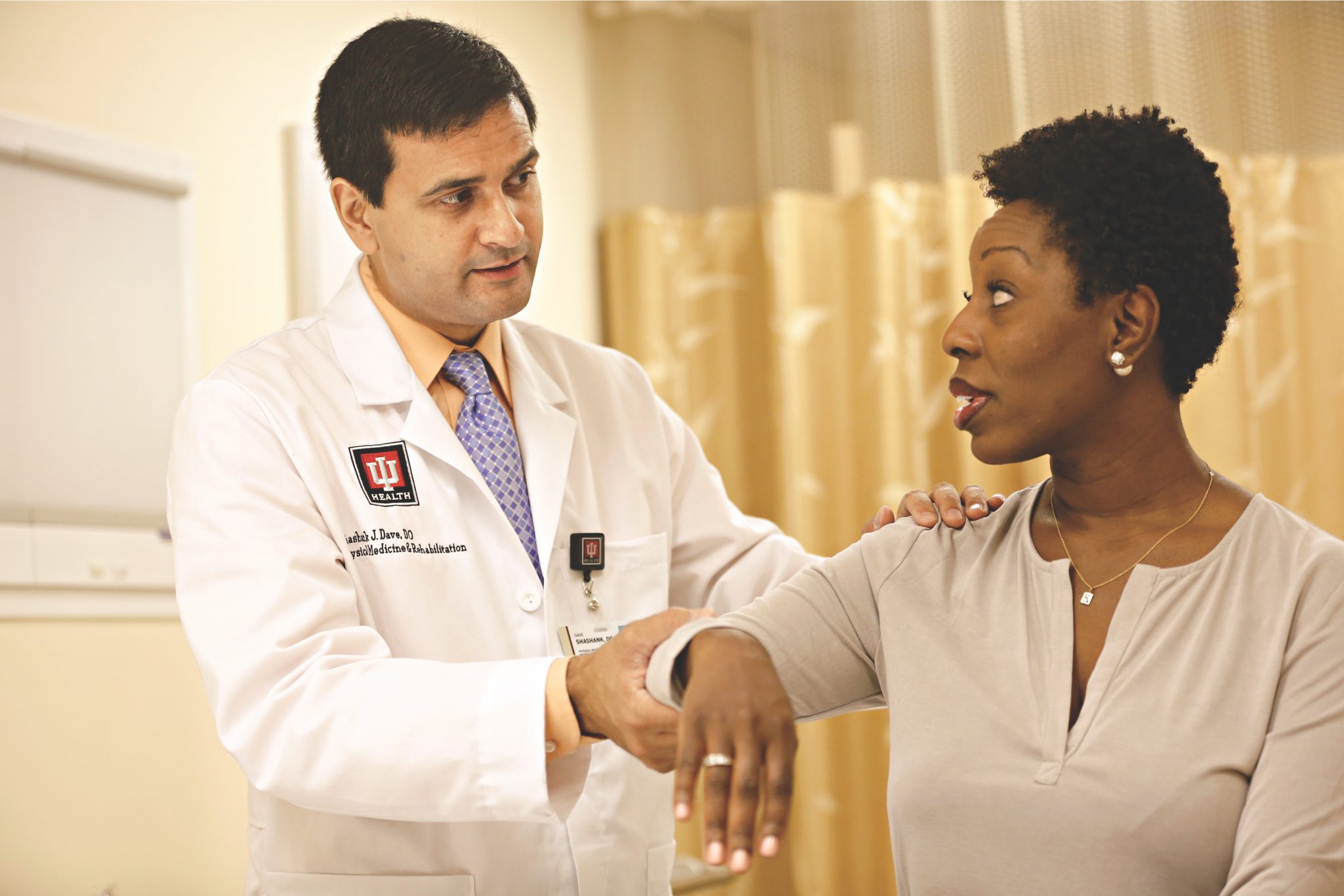The Indiana University School of Medicine Department of Physical Medicine and Rehabilitation (PM&R) has a strong history of achievement in medical research, education and patient care. PM&R, also known as physiatry, treats conditions involving the body’s nervous and musculoskeletal systems that limit a person’s ability to function. The teaching faculty in the Department of Physical Medicine and Rehabilitation oversees the only PM&R residency program in the state of Indiana and are eager to uphold the mission of educating the country’s next generation of physiatrists.
Mission
To empower ability through high quality and state-of-the-art rehabilitation care, education, and research.
Vision
A community where individuals with disability have consistent access to high quality, person-centered care informed by leading edge research and sustained by timely, relevant education.
Values
We are ABLE
Attitude: Our attitude is infused by professionalism with compassion, empathy, courtesy, cultural awareness, positivity, encouragement, open-mindedness, problem solving, and determination.
Belief: We believe the best outcomes are achieved through continual pursuit beyond the bounds of limitations and obstacles.
Leading edge: We create optimal outcomes for our patients and trainees through high quality care, clinical expertise, state-of-the-art resources, and translation of research into practice.
Excellence: We provide exceptional experiences to our patients, learners, and colleagues by being adaptable, innovative, accountable, and focusing on continuous improvement of ourselves, each other and our processes.





